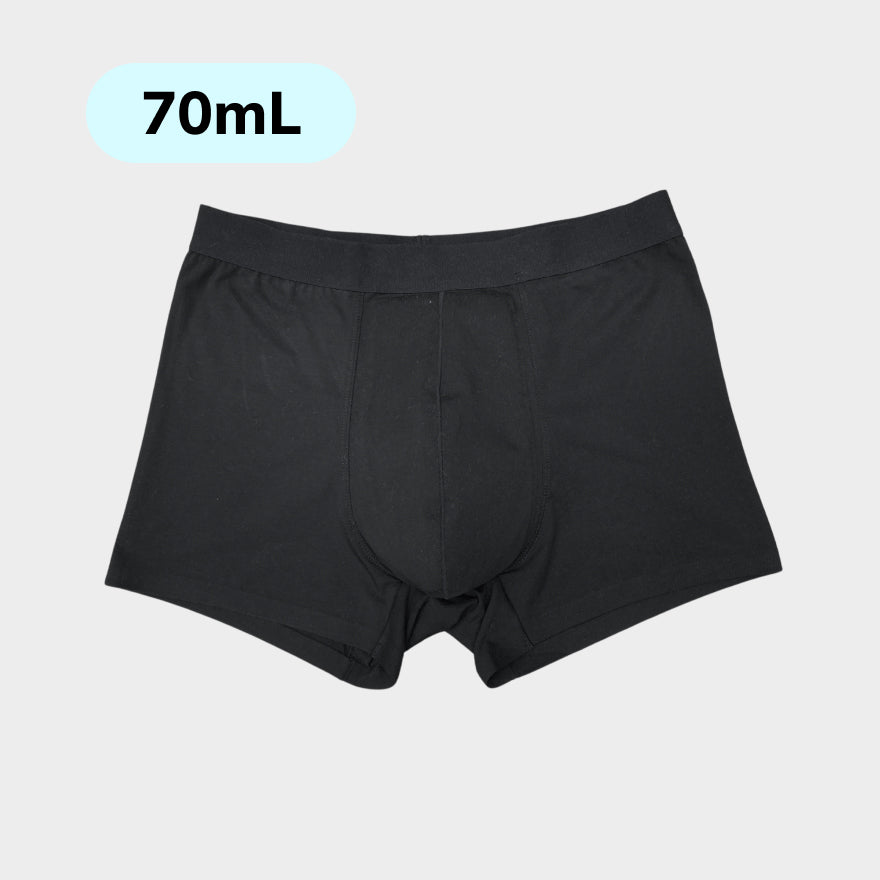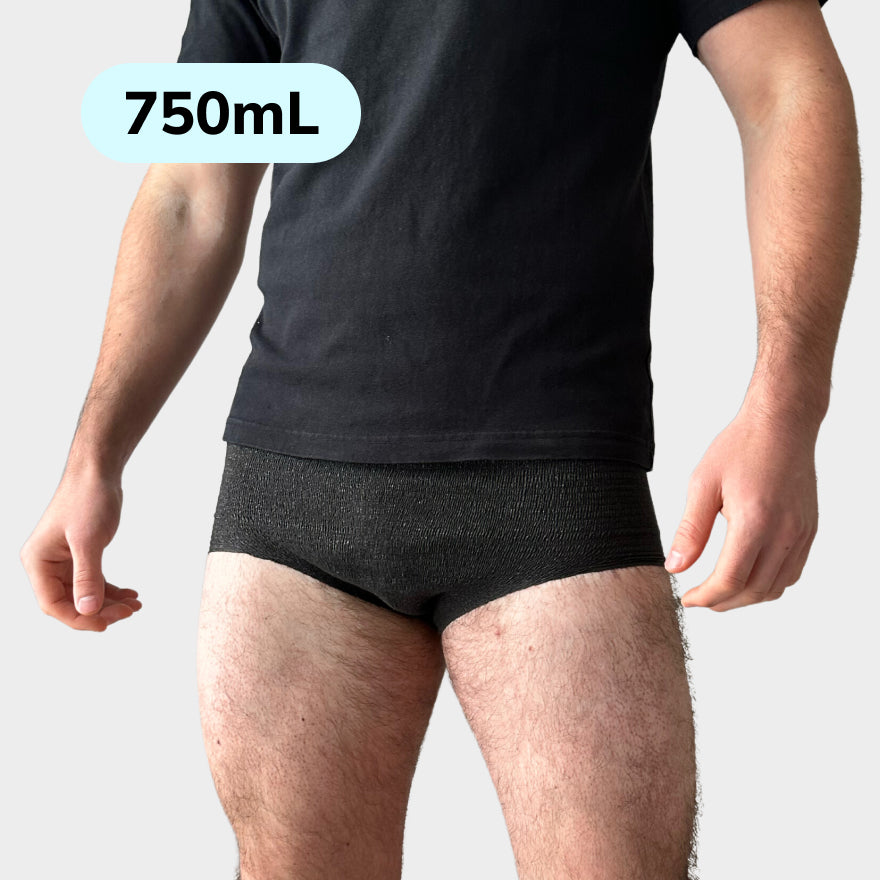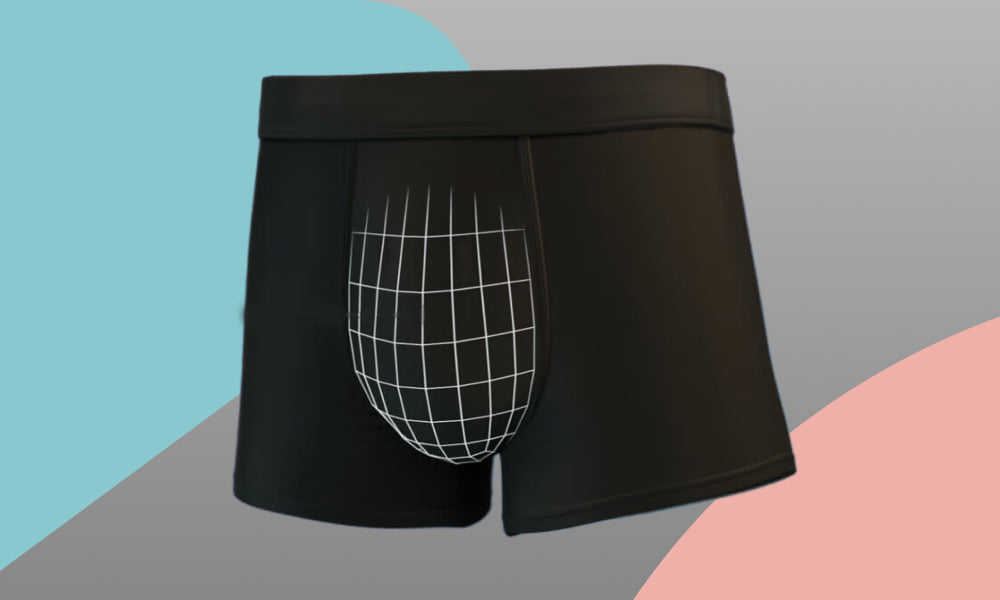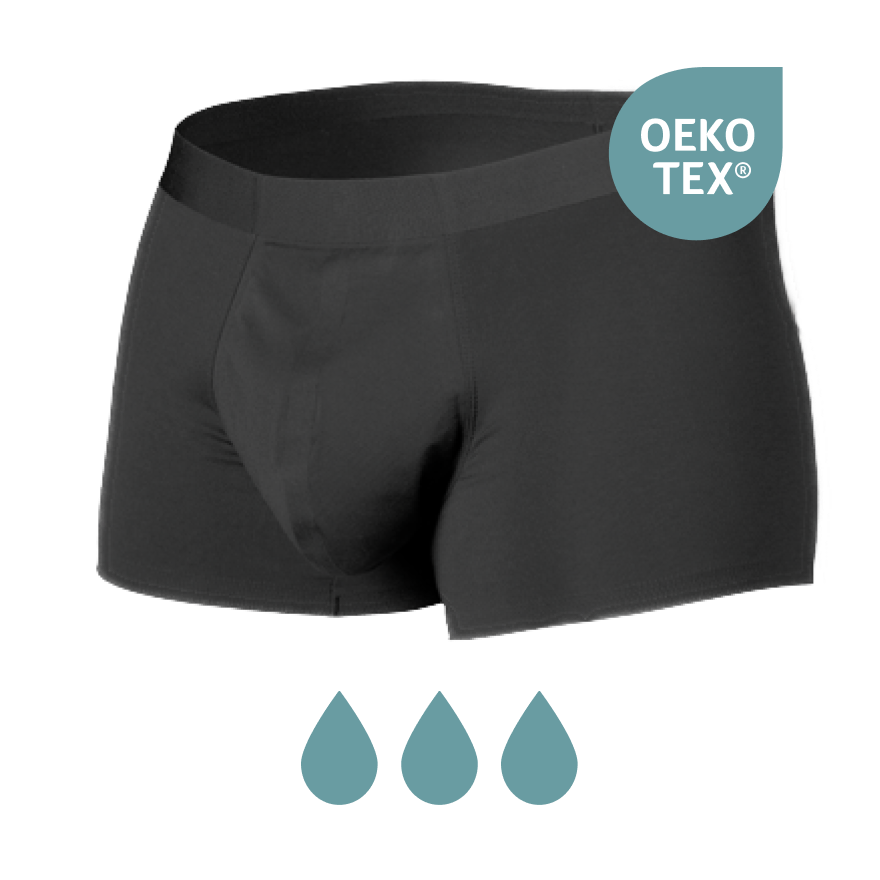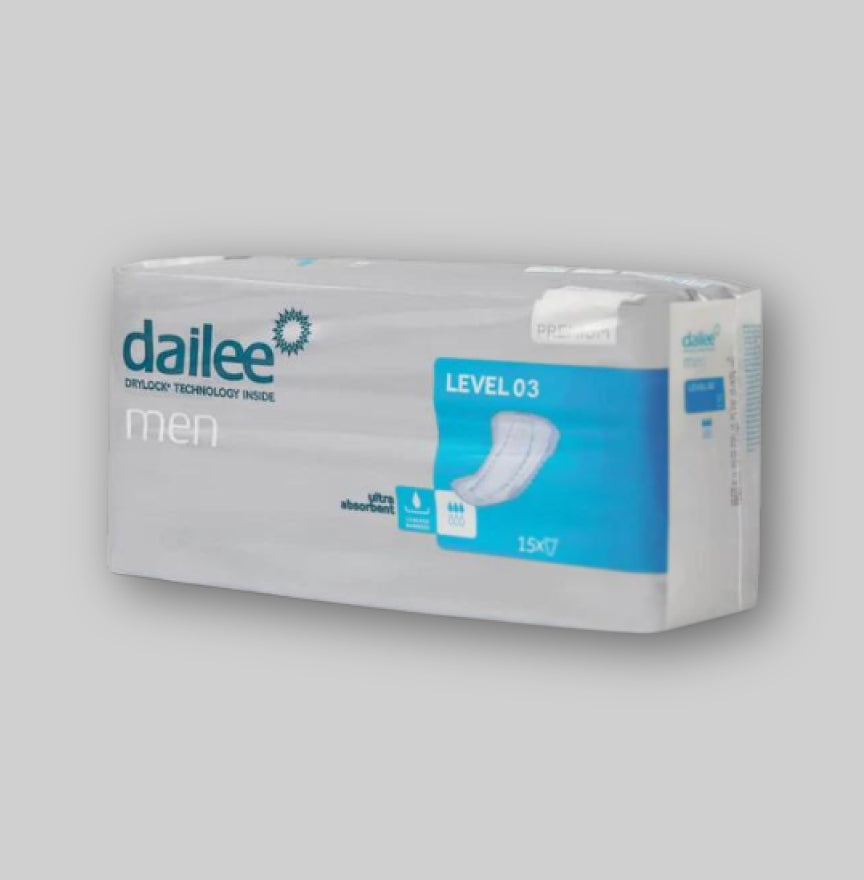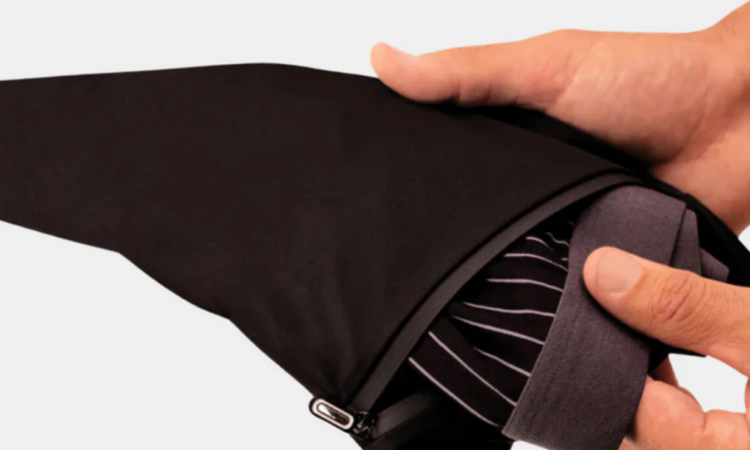Incontinence is a common problem with elderly And can lead to uncomfortable situations. However, it can also occur in younger people and can different causes have, such as pregnancy, obesity or an underlying medical condition. It is important to know that incontinence is a treatable condition and that there are different ways to tackle this problem.

One of the most important aspects of dealing with incontinence is talking about the problem. It is understandable that the subject can be sensitive and that some people are ashamed of talking about it. Yet it is important to know that talking about incontinence can help to better understand the problem and find a solution. It can also help to reduce the feeling of insulation and shame that is often accompanied by incontinence.
In this article we will discuss why talking about incontinence is important and how people can start the conversation. We will also give some tips on how to prevent incontinence and to deal with.
What is incontinence?
Incontinence is a condition in which a person loses control of the bladder or intestines, which leads to unintended loss of urine (urinary incontinence) or unwanted bowel loss (relief incontinence). It can happen to anyone and is more common in women than in men.
Causes of incontinence
There are various causes of incontinence, including:
-
Weakened pelvic floor muscles: these muscles support the bladder and intestines and help with the cessation of urine and stools. Weakened pelvic floor muscles can lead to incontinence.
-
Damaged nerves: the nerves that control the bladder and intestines can be damaged by, for example, a stroke, diabetes or multiple sclerosis. This can lead to incontinence.
-
Hormonal changes: In women, hormonal changes can lead to incontinence during menopause.
Typing Incontinence
There are different types of incontinence, including:
-
Stress incontinence: This occurs when pressure is applied to the bladder, for example during coughing, sneezing or laughing. This can lead to unintentionally loss of urine.
-
Urge incontinence: This occurs when there is sudden and strong urge to urinate, followed by unintended loss of urine.
-
Overflow incontinence: This occurs when the bladder is not completely emptied and the urine continues to run away.
-
Functional incontinence: This occurs when someone cannot go to the toilet on time due to physical or cognitive disabilities.
It is important to know what type of incontinence someone has to determine the right treatment.
The importance of openness

In the Netherlands there are an estimated 700,000 women who suffer from incontinence. Yet the subject often remains undisputed. It is important to break the taboo around incontinence and to be open about the complaints and its impact on the daily life.
Overcome taboo and shame
Many people are ashamed of their incontinence and find it difficult to talk about it. This can lead to feelings of insulation And a reduced self -esteem. It is important to realize that incontinence is a common problem and that there are different Treatments available are.
By being open about incontinence, people can feel supported and they can understand others. It is important to emphasize that incontinence is not a sign of weakness or failure. It is one medical that can be treated.
The role of family and friends
Family and friends can play an important role in supporting someone with incontinence. It is important that they show understanding and offer a listening ear. By being open about incontinence, they can better understand what the person is going through and how they can help.
It is also important to emphasize that incontinence does not have to be an obstacle to social activities. With the right treatment and aids People with incontinence can lead an active and satisfying life. It is important to strive for a society in which incontinence is negotiable and in which people with this condition are fully accepted.
Diagnosis and treatment

Medical
When someone suffers from incontinence, it is wise to consult a doctor. The doctor will perform a medical examination to find out the cause of the incontinence. This can include a physical examination, urine examination and a breath test.
During a physical examination, the doctor will examine the pelvic floor and the sphincter muscles. In a urine test, the doctor will examine the urine for infections or other abnormalities. With a bladder test, the doctor will measure the bladder content and pressure.
Treatment options
The treatment of incontinence depends on the cause and severity of the complaints. There are various treatment options available, such as:
-
Pelvic floor muscle exercises: These exercises can strengthen the pelvic floor muscles and improve control of the bladder.
-
Medication: There are different types of medication available that can reduce the symptoms of incontinence.
-
Surgery: In some cases, surgery may be necessary to treat the cause of the incontinence.
-
Tools: There are various tools available that can help with incontinence, such as incontinence material And catheters.
It is important to know that incontinence can be treated and that different treatment options are available. Together with the patient, a doctor can see which treatment best fits the situation.
Daily life with incontinence

Incontinence can have a major impact on the daily life of people. It can lead to feelings of shame and uncertainty, and it can also lead to limitations in activities and social interactions. However, there are ways to make daily life with incontinence easier.
Lifestyle adjustments
One of the most important adjustments that people with incontinence can make is to change their lifestyle. This can include avoiding certain foods and drinks, such as alcohol and caffeine, which can irritate and lead to the bladder urinary incontinence.
In addition, it can be useful to regularly go to the toilet and completely empty the bladder. This can help to reduce the risk of leakage. It is also important to regularly move and continue to hydrate to promote bladder health.
Tools and products
There are many tools and products available to help people with incontinence make their daily lives easier. This includes absorbent pads and diapers, as well as special clothing that is designed to prevent leakage.
There are also various medical devices available, such as catheters and urethral garlands, which can help in control urinary incontinence. It is important to talk to a care provider to determine which tools and products are most suitable for individual needs.
By making adjustments in the lifestyle and using tools and products, people with incontinence can make their daily lives easier and increase their self -confidence. It is important to talk openly about incontinence and to seek support from care providers and loved ones.
Prevention and self -management

Preventive measures
Incontinence can be prevented or reduced by taking a number of preventive measures. Drinking enough water and eating fiber -rich food can help prevent constipation, which can lead to incontinence. In addition, avoiding caffeine and alcohol can also help to calm the bladder and prevent incontinence.
Another important preventive agent is regular exercise. Movement can help to strengthen the muscles that support the bladder and the sphincter. This can help prevent incontinence and reduce symptoms.
Self -care techniques
In addition to preventive measures, there are also several self -care techniques Those people can use to control incontinence. This includes regularly emptying the bladder, avoiding constipation, avoiding foods that can cause incontinence, and the use of incontinence material.
Another self -care technology is pelvic floor training. This is an exercise that is aimed at strengthening the muscles that support the bladder and the sphincter. These exercises can be performed using a physiotherapist or at home with the help of special equipment.
Finally, it can also be useful to talk to a healthcare provider about incontinence and possible treatment options. This can help to reduce symptoms and improve the quality of life.
Support and resources

Incontinence is a common problem and can have a major impact on daily life. Fortunately, there are many resources and support options available to help people deal with incontinence.
Professional support
There are many professionals who can help with incontinence. For example, a general practitioner can help in diagnosing incontinence and prescribing medication. A urologist can help identify the causes of incontinence and can possibly recommend surgery. A continent nurse can help choose the right incontinence products and can give advice on managing incontinence.
Online and community sources
There are many online and community sources available to help people deal with incontinence. Online sources such as support in Continence offer information about incontinence, frequently asked questions and tips for dealing with incontinence. There are also various forums and communities on social media where people with incontinence can support each other and give advice.
In addition to online sources, there are also various local community sources available. Some hospitals offer incontinence clinics where people can go for advice and support. There are also various patient associations that focus on incontinence and that can help people find support and resources.
It is important to remember that incontinence is a common problem and that many resources and support options are available to help people deal with incontinence.
